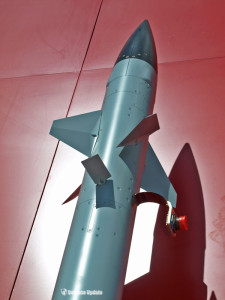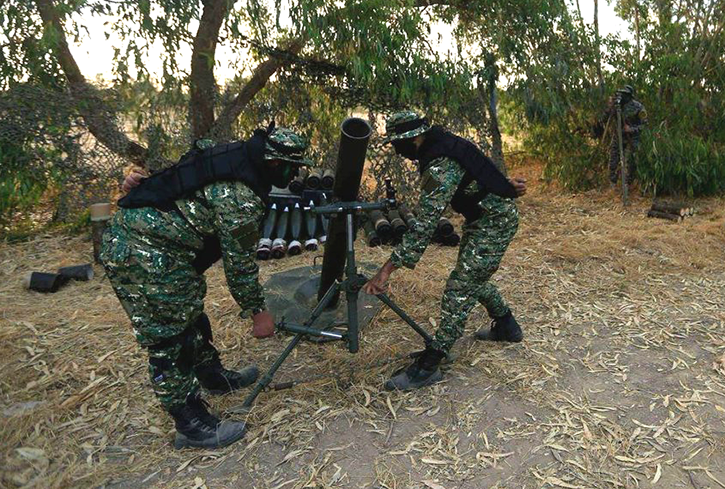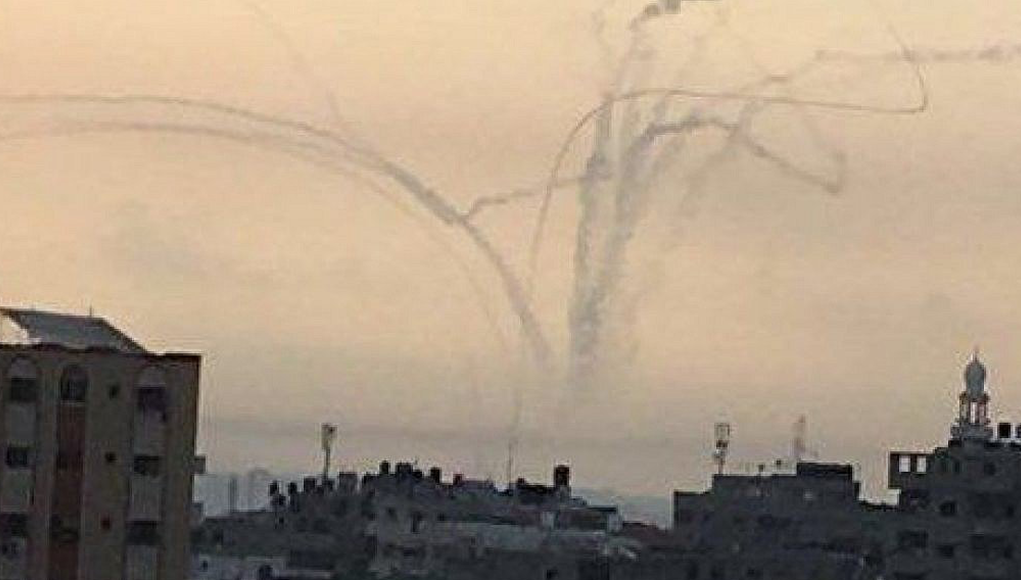
Israel’s air defenses that were busy in recent weeks repelling rocket attacks from Syria and the Gaza strip succeeded yesterday, for the first time, to defeat mortar attacks that targeted border villages. Among the targets intercepted yesterday by the improved version of the Iron Dome were dozens of rockets and, for the first time, mortar bombs (likely 81mm) fired by the Islamic Jihad terror organization.
As a short-range weapon with typical high ballistic trajectory, the mortar’s accuracy and lethality make it a practical and dangerous weapon which is challenging to locate and defeat. That’s what makes the Iron Dome’s achievement remarkable.
Iron Dome relies on a radar that detects ballistic threats such as rockets, artillery projectiles, and mortar shells, as they appear over the radar horizon. The radar tracks each threat, plotting the launch and projected impact point for each projectile, to enable the battle management system to determine which of them is a potential risk – those who would hit populated areas would be prioritized for intercept, over others that are projected to hit open spaces.


When the system engages rockets with a flight time of tens, even hundreds of seconds, it has enough time to process all that data and optimize the intercepts. But when facing mortars with a short flight time of 10-30 seconds, time is the most critical factor for intercept.
In the four years since operation ‘Pillar of Defense’, the last conflict that erupted between Israel and the Palestinians in Gaza, Iron Dome went through several spiral developmental cycles to expand the system’s capabilities against new threats, such as unmanned aerial vehicles and mortars. Yesterday, the system demonstrated for the first time, in combat conditions, its capacity to defeat a barrage of mortar bombs.
Existing C-RAM assets cannot intercept mortar bombs, as they mostly provide an alert enabling the people at risk to take cover. Directed energy defensive approaches to C-RAM, based on high-energy lasers have yet to mature to achieve readiness levels for operational use, while other Short-Range Air Defenses (SHORAD) that are optimized against aircraft and air-launched precision-guided weapons lack the quick response to react and engage such ground-launched threats.
Among the improvements introduced with the Iron Dome were new surveillance modes for the radar, improving the detection and tracking speed, accelerated battle management processing addressing counter-mortar capabilities, and adaptation in the Tamir interceptor missiles to address these specific threats. All these improvements enable the system to safely destroy most of the bombs before they hit their targets.




















